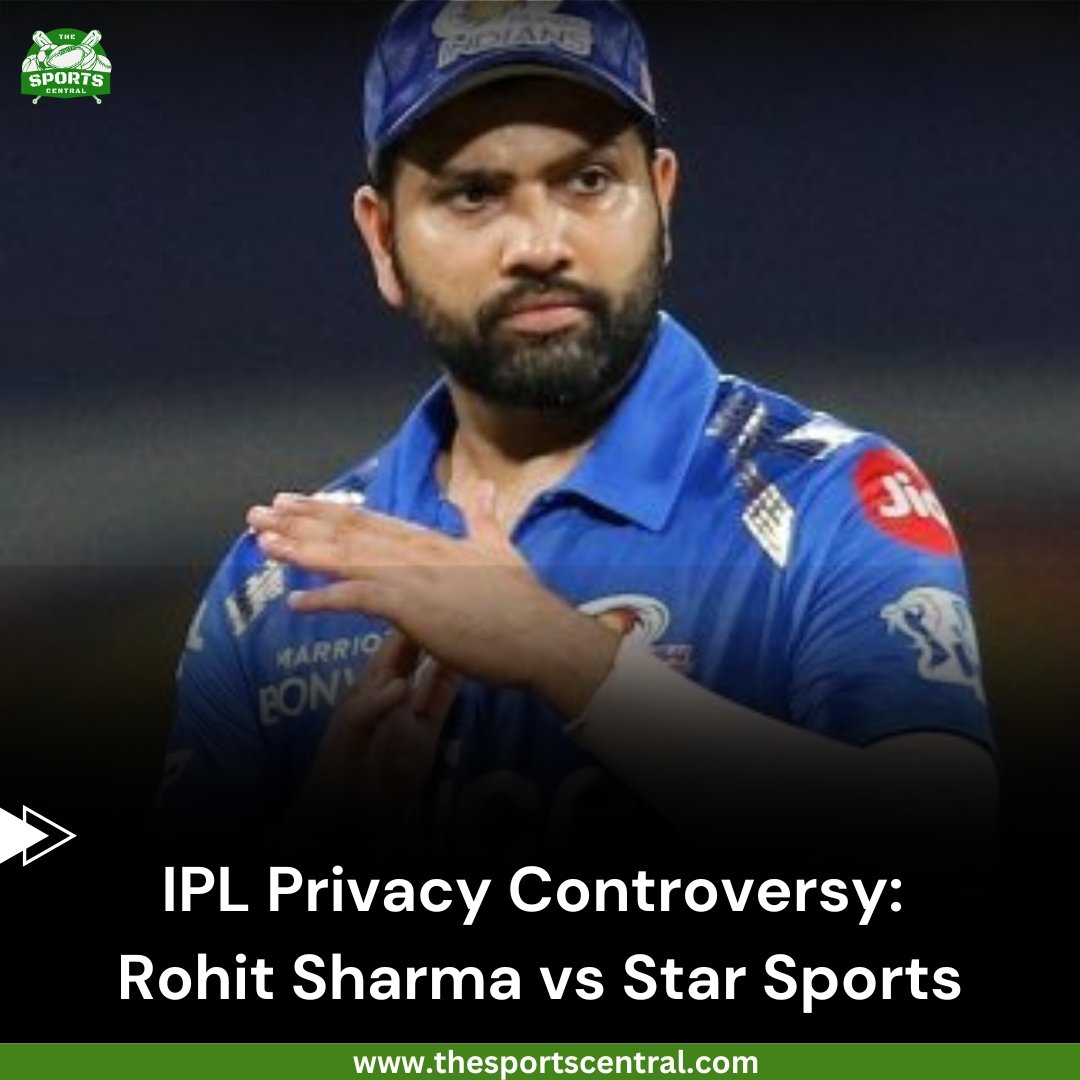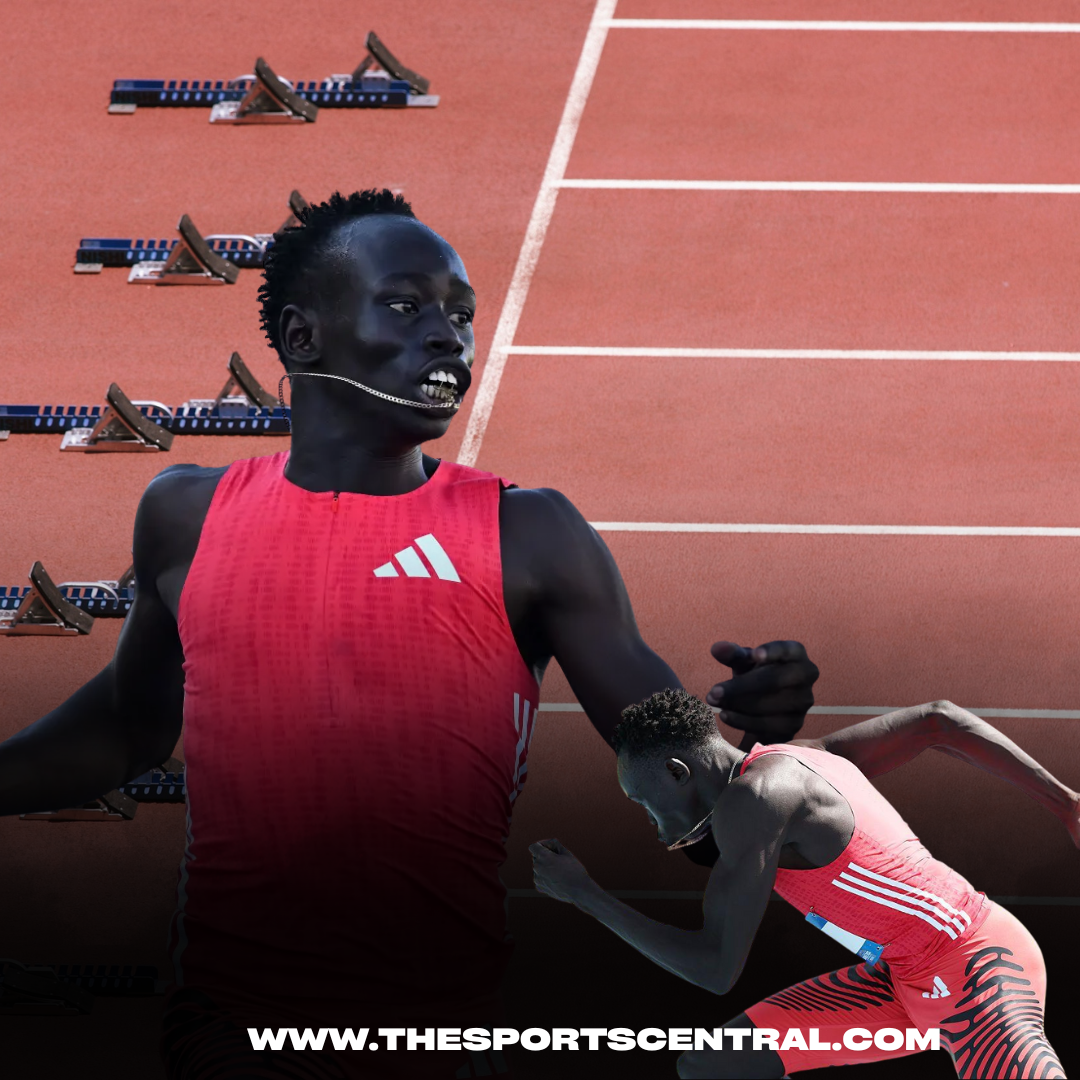In the high-octane world of the Indian Premier League (IPL), every moment is captured and broadcasted to millions of fans worldwide. However, this extensive coverage has its drawbacks, as evidenced by a recent controversy involving Indian cricket captain Rohit Sharma and IPL broadcaster Star Sports. The incident highlights the delicate balance between providing comprehensive sports coverage and respecting the privacy of players.
The Incident
The controversy began ahead of Mumbai Indians’ final league stage match at the Wankhede Stadium, where a short clip featuring Rohit Sharma went viral on social media. In the video, Rohit is seen pleading with a cameraperson to stop recording his audio. “Bhai audio band karo haan? Ek audio ne mera waat laga diya (Please switch off the audio, one audio recording has ruined me),” Rohit is heard saying, visibly frustrated and gesturing with folded hands.
This plea was a direct reference to a previous incident during a match in Kolkata, where another audio leak captured a personal conversation between Rohit and Kolkata Knight Riders’ assistant coach Abhishek Nayar. This clip, which contained potentially private information, was briefly aired by KKR’s social media handle before being quickly deleted upon realizing its intrusive nature.
Rohit Sharma’s Outburst
On Sunday, Rohit Sharma took to social media to express his frustration and criticize Star Sports for the privacy breach. In a strongly worded post, he highlighted the intrusive nature of the current broadcasting practices.
“The lives of cricketers have become so intrusive that cameras are now recording every step and conversation we are having in privacy with our friends and colleagues, at training or on match days. Despite asking Star Sports to not record my conversation, it was and was also then played on air, which is a breach of privacy. The need to get exclusive content and focused only on views and engagement will one day break the trust between the fans, cricketers, and cricket,” Rohit wrote.
Star Sports’ Response
In response to the allegations, Star Sports issued a statement on Monday aiming to clarify their position and defend their broadcasting practices. The broadcaster emphasized that they did not record or broadcast the audio from Rohit’s conversation.
“A clip involving a senior Indian player and his post on social media have gained prominence since yesterday. The clip, taken during a training session on May 16 at Wankhede Stadium, for which Star Sports had authorized access, momentarily showed the senior player in conversation with his friends on the sidelines. No audio from this conversation was either recorded or broadcast. The clip, which only showed the senior player requesting for the audio of his conversation to not be recorded, got featured in Star Sports’ live coverage of pre-match preparations and lacked editorial relevance beyond this,” the statement read.
Star Sports further asserted their commitment to upholding professional standards in broadcasting while respecting players’ privacy. “Star Sports has always adhered to the highest standards of professional conduct while broadcasting cricket all over the world. Respect for players’ privacy while bringing fans moments of intense action and preparations sits at the core of this ethos, which the broadcaster remains committed to,” they added.
The Broader Implications
This incident has sparked a broader debate about the extent of media intrusion in sports. While fans crave behind-the-scenes content and candid moments, there is a fine line between satisfying this demand and respecting the personal space of athletes. Cricketers, like any other professionals, deserve privacy, especially during informal interactions and personal conversations.
The rise of social media has exacerbated this issue, as every moment can be captured and shared instantaneously, often without the context that would be provided by traditional media channels. This immediacy can lead to misunderstandings and breaches of trust between players and broadcasters.
The Balance Between Coverage and Privacy
To address these challenges, both broadcasters and sports organizations need to establish clear guidelines regarding the recording and airing of informal and off-the-record moments. Here are some potential steps that could help strike a balance:
Clear Boundaries: Define clear boundaries regarding what can and cannot be recorded during training sessions, off-field moments, and personal interactions. These guidelines should be communicated to all players and media personnel.
Consent Protocols: Implement consent protocols where players are informed and asked for permission before their private conversations are recorded or aired.
Media Training: Provide media training for players to help them understand how to handle situations where they feel their privacy is being invaded. This training can also help players communicate their boundaries effectively.
Enforcement of Policies: Strictly enforce policies related to privacy breaches with appropriate penalties for violations. This enforcement will deter unauthorized recording and broadcasting of private moments.
Technology Solutions: Utilize technology to prevent unauthorized audio recordings. For instance, audio-sensitive areas could be designated where microphones are automatically turned off.
Moving Forward
The controversy between Rohit Sharma and Star Sports serves as a reminder of the evolving dynamics in sports broadcasting. As technology advances and the demand for content increases, it is essential to revisit and revise policies to ensure that the privacy of athletes is not compromised.
While fans’ desire for exclusive content is understandable, it should not come at the expense of the players’ right to privacy. A respectful and balanced approach will help maintain the integrity of the sport and the trust between athletes, broadcasters, and fans.
The recent privacy breach involving Rohit Sharma and Star Sports highlights the challenges of modern sports broadcasting. It underscores the need for clear guidelines and respect for athletes’ privacy, even as the demand for engaging and exclusive content grows. By addressing these issues head-on, the cricketing community can ensure that the relationship between players, broadcasters, and fans remains healthy and respectful.
write your review for us at Google reviews.










